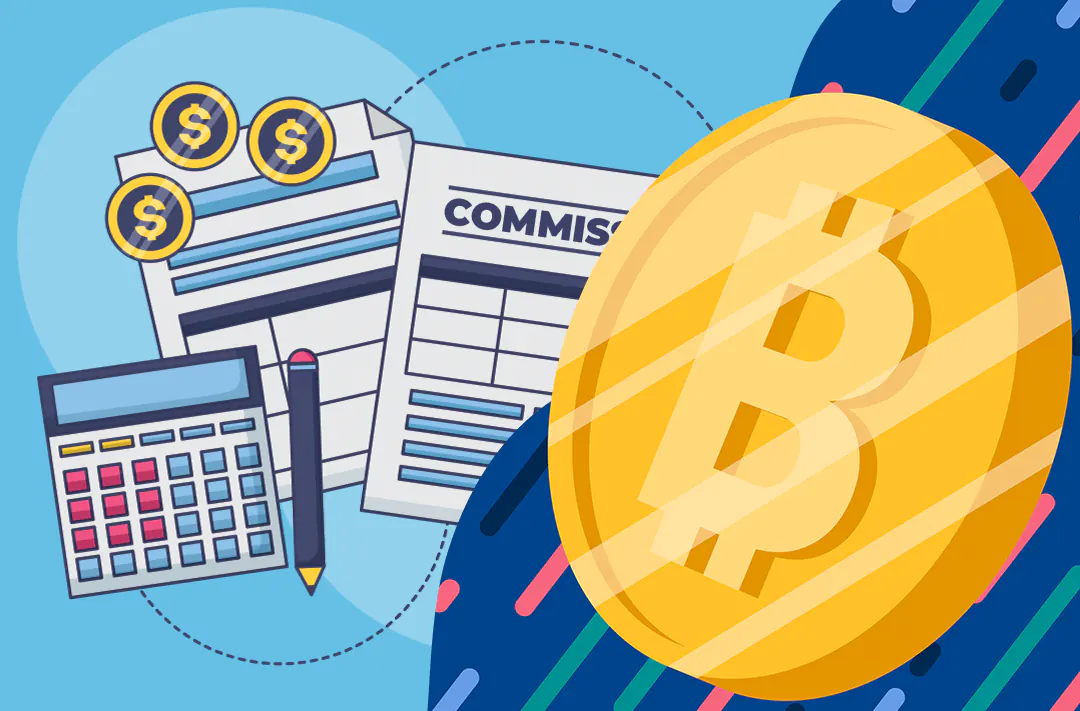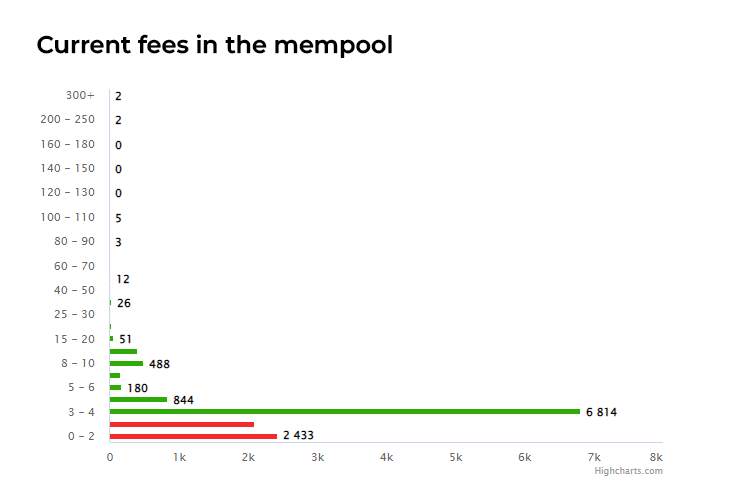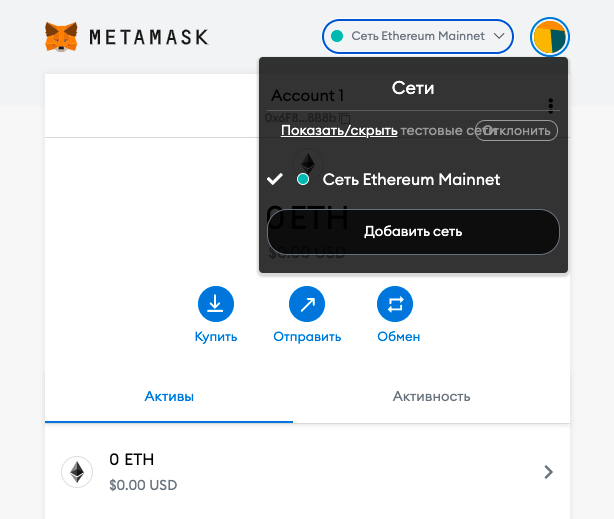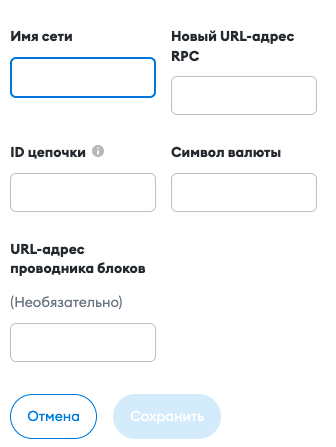How to reduce fees when using cryptocurrency. Simple instruction
In this article, we'll talk about how fees work on the major blockchain networks and what tools can help reduce costs

24.03.2022
1194
8 min
0
In early March, fees on the Ethereum network dropped to a record low since April 2021. As of March 22, fees averaged $2,20, but at their peak, users could pay up to $100 for transfers.
Why are fees needed?
Fees are an important part of the economic system in blockchain networks and perform two functions. Firstly, they are used as a reward for validators who confirm transactions and add them to the block. Secondly, they serve as protection against spambots; with fees, DDoS attacks on networks become expensive.
The amount of fees depends on the workload of the blockchain, that is, the more people make transactions, the higher the transfer fee. Validators give priority to transactions with high fees – the higher it is, the faster the transaction will be confirmed. Therefore, in some networks, users can specify their price for validation.
How to calculate the fee
In Ethereum networks, the fee consists of two figures: Gas and Gwei (one billionth of ETH). Gas is a separate asset in the blockchain used to pay rewards to miners. In fact, this is a way of measuring the processing power that a miner used to validate a transaction.
The price per unit of gas is determined by the Gwei value (from 1 to 60), which users can independently specify in the wallet. A standard transaction requires 21 000 gas, for operations with ERC-20 tokens - from 50 000, and for smart contracts, it may take from 200 000 to 1 million. These values are called the limit. That is, the fee in the Ethereum network is calculated by the following formula:
Fee = gas limit * Gwei.
Example: You need to transfer 0,075 ETH to another address. You set the price per unit of gas at 40 Gwei (remember, the higher the fee, the faster the validators will confirm the transaction). You multiply 21 000 by 0,000000040 ETH (40 Gwei) and get 0,00084 ETH - this is your fee.
In the Bitcoin network, the fees depend on the size of the information transmitted in bytes. As of March 22, the average fee per byte is 5 satoshi (0,00000001 BTC). But, like in Ethereum, this value can change depending on network load, so some bitcoin wallets allow users to set their own fees to speed up transactions.
Why are fees increasing?
Although Ethereum and Bitcoin can set low fees, at times of high network load the validators may simply not include such a transaction in the block. Therefore, some users raise the fee to make their transactions go faster.
Reasons for high fees:
- Low scalability. Ethereum processes about 18 transactions per second, which was enough in the days when blockchain was just gaining popularity. However, in recent years, the number of users, the number of dApp's and NFT-projects has grown dramatically. Correspondingly, the number of transactions has also increased, which significantly adds to the load on the network.
- Smart contracts. They take the most gas to maintain. The trading volume on decentralized Ethereum exchanges reached $1,06 trillion in 2021, with the largest, Uniswap, accounting for 64% of that volume.
- ERC-20. Thanks to this protocol, developers can launch their own tokens, which multiplies the load on the network.
Tracking fees
Information about the Ethereum blockchain can be tracked through the Etherscan blockchain explorer. The platform provides detailed public information about all elements of the network, including the average cost of gas. You can also find transaction details in Etherscan and see the recommended Gwei value for quick transfer confirmation.
There is a similar tool for Bitcoin on our platform. It displays detailed information about the mempool, you can use it to understand how many transactions are already waiting for confirmation and determine the load on the network. There is also a chart that allows you to find the optimal fee.

The vertical scale shows the fee in satoshi per byte, and the horizontal one shows the number of such transactions in the mempool. If the bar is green, it means that the transaction with the specified fee will enter the next block in about 10 minutes. If the color is yellow or red, it means that there are a lot of transactions with a higher fee in the mempool and validators will prefer them. Confirmation of “red” transactions may take more than 30 minutes.
For users of Binance Chain and Binance Smart Chain exchanges, there is a platform BscScan. The interface and functions are similar to Etherscan, with which you can track the dynamics of the BNB native token and fee.
How to reduce fees
Layer 2 solutions for Ethereum
Ethereum developers, as well as users, are concerned about high fees. This situation led to the creation of layer 2 (L2) networks. These projects are able to process transactions outside of the main Ethereum network, which significantly reduces the load on the blockchain and fees. These include Polygon Network, Avalanche, Tron, Arbitrum, and others.
Layer 2 solutions implement different approaches to scaling. The first approach is the creation of so-called state channels. In such networks, transactions between contract participants can be made in unlimited numbers, but in the end, the blockchain will show only the final result.
A more common way is to move transactions to a sidechain. Sidechains use assets from the main network, but after the necessary transactions are completed, they are transferred back to the “parent” blockchain. One such project is the Polygon Network (MATIC); its main goal is to reduce the load on Ethereum, and as a result, fees. The maximum transfer fee in the sidechain is usually $0,001. You can learn more about the Polygon features and architecture in our article.
Polygon Network is already using resources of the main network, so connecting it to Ethereum Virtual Machine (EVM) wallets is very easy. Let's see how to do this using MetaMask as an example:
- Go into the wallet, select the “Networks” tab, and click “Add Network”

- Fill in the information about the user RPC of the Polygon Networ

RPC Polygon Network Имя сети: Полигон Новый URL-адрес RPC: https://polygon-rpc.com ID цепочки: 137 Символ валюты: MATIC URL-адрес проводника блоков: https://polygonscan.com
- Fill in the information about the user RPC of the Polygon Networ
- Click “Save.” The Polygon functionality is now integrated into MetaMask
Lightning Network
Bitcoin is not very suitable for everyday small transactions, whether it is a purchase or a transfer. The blockchain is built in such a way that, on average, a new block should be created every 10 minutes. According to statistics, the Bitcoin network processes about 240 000 transactions per day, about 3 per second, but the minimum time from sending to confirmation is an average of 10 minutes (the time between the creation of new blocks). Because of this, there is no way to speed up transactions in the network, so an add-on was created, the Lightning Network.
The principle of the network is similar to the state channels in Ethereum. Lightning Network records only part of transactions into a block - the opening of the payment channel and the last transaction before it closes. Lightning is a peer-to-peer network, and intermediate transactions are governed by a smart contract.
When opening a channel, a common account is created, on which the funds of the participants of the transaction are located. If the entire cryptocurrency on the account belongs to one participant of the transaction, the channel is considered depleted and the transaction is closed since the coins can only move in one direction.
Lightning Network is designed for operations with hundredths and thousandths fractions, so bitcoins in it are automatically converted to satoshi (BTCLN). Consequently, the amount of fees is significantly reduced, on average, the transfer in this network costs 1 satoshi (less than a cent).
There are several mobile wallets for the Lightning Network, such as Phoenix or Eclair. There is also an online wallet ZipWallet. You can buy coins through the network itself or just top up your account with BTC, the app automatically converts bitcoins to satoshi. With Lightning, you can pay for mobile communications, order groceries or clothes. A full list of goods and services can be seen on the Bitrefill platform. Large projects, such as Twitter and Chinese messenger WeChat, have already started using Lightning Network as a micropayment system.
The future of fees
Ethereum developers have been working on reducing fees for a long time. In the near future, Vitalik Butorin plans to switch from the Proof-of-Work consensus mechanism to a more environmentally friendly and faster Proof-of-Stake. In March, the last Ethereum 2.0 test network was launched, and a full launch is scheduled for the summer of 2022. Users expect this upgrade to significantly reduce network fees.
As for bitcoin, it already has the Lightning Network for small transactions and the main chain for large ones. It is unlikely that we should expect much change in this area anytime soon.
Useful material?
Articles
How the largest cryptocurrency exchange’s initiatives help it maintain its leadership
Nov 19, 2022
Articles
What fan coins are needed for and what events contribute to their growth
Nov 16, 2022
Articles
Why Binance set the trend to publish transparent data on available funds
Nov 14, 2022
Articles
The journalists got acquainted with the documents revealing the details of the financial condition of the exchange
Nov 13, 2022
Articles
Desperate traders with stuck assets resort to semi-legal schemes to save deposits
Nov 11, 2022
Articles
Experts predict when to expect new peaks of the crypto market by analyzing its previous cycles
Nov 10, 2022









 Telegram
Telegram  Twitter
Twitter